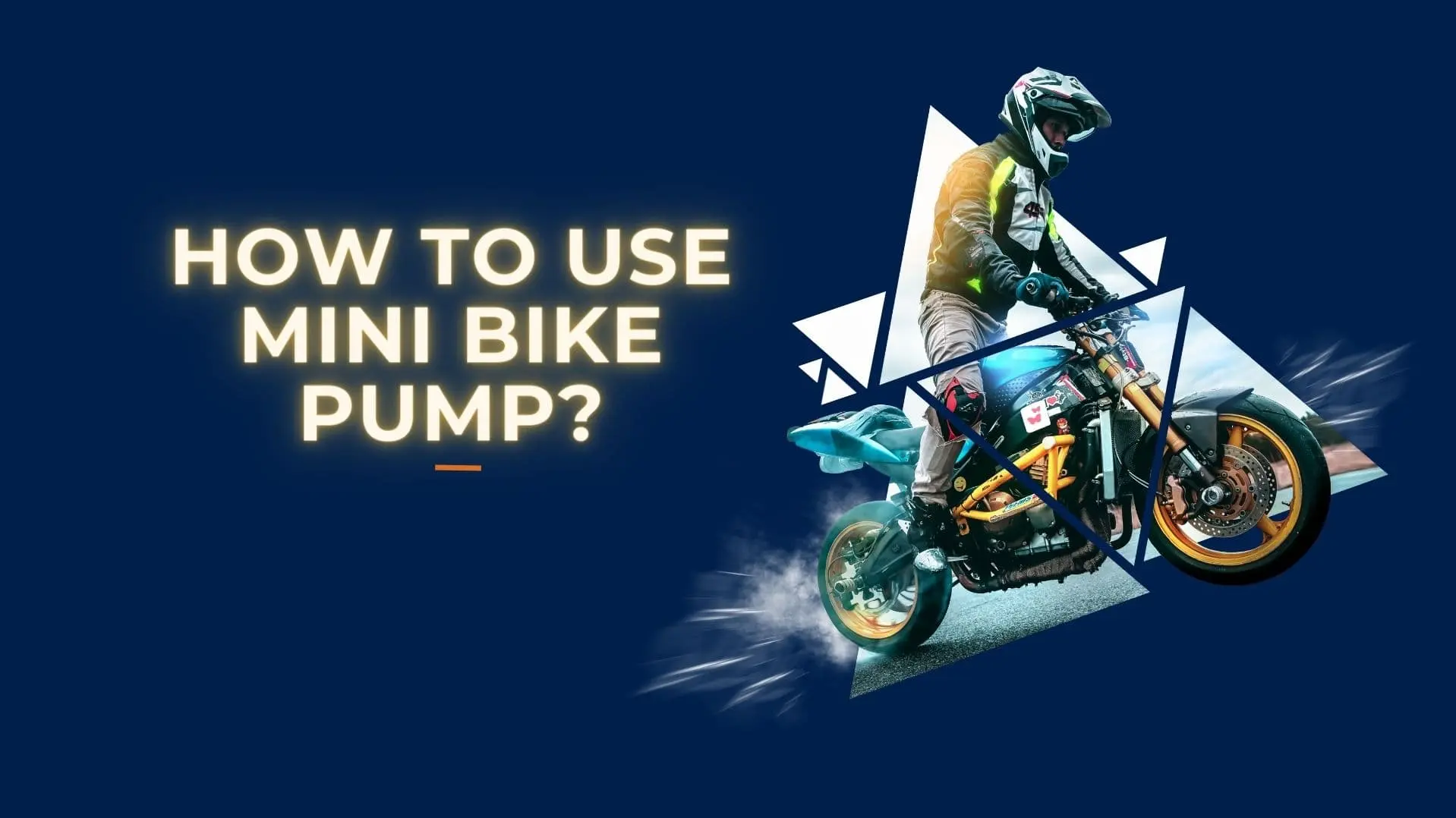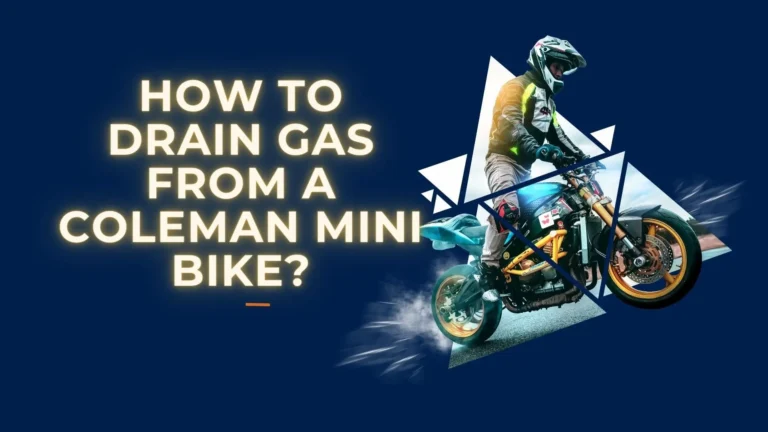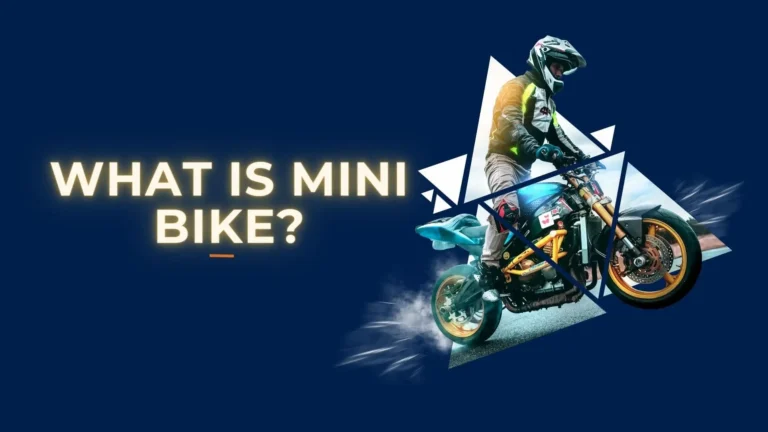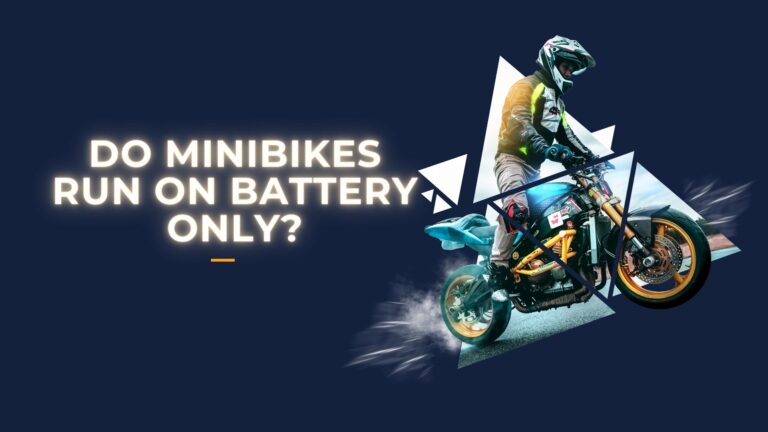How to Use Mini Bike Pump?
First ensure the pump nozzle fits your bike valve type, then brace the pump head securely on the valve stem. Inflate to the target PSI using smooth, controlled pump strokes while checking the pressure frequently.
Rolling countryside offers cyclists a welcome escape from busy cities. But country roads lack help when your bike tire goes flat.
Portable mini pumps provide on-site air when you need it most. These compact cylinders stash emergency pressure for narrow tires.
Bikers never ride without them. Flat fixes fail far from your garage. But well-made mini pumps re-inflate limp road tires.
Enough PSI gets you home safely to fully patch later. Learn what details make or break portable bike pumps. Find which tiny companions serve you best on long rides into the countryside.
Key Takeaways
- Portable mini pumps provide vital emergency tire inflation when riding, essential to carry at all times
- Ensure the pump head fits the bike’s valve type (Presta or Schrader)
- Securely lock the pump head in place to form an airtight seal on the valve before inflating
- Brace the pump head near the valve with one hand to prevent damage while pumping
- Use smooth, full pump strokes with body weight, avoid rapid pumping
- Routinely check pressure gauge, do not exceed tire’s max PSI
- Let hot tires cool before reading pressure post-inflation
- Gently detach the pump head straight out to avoid valve stem damage
- Perform regular mini pump maintenance to retain functionality
- Wear eye protection and stabilize pumps during use
- Top portable picks include Topeak Pocket Rocket, Lezyne Micro Floor Drive, and Silca Tattico
- Match pump to bike style (road vs MTB) and gauge precision in PSI capacity needed
Know Valves Before Pumps
Mini pump first-steps start with tire valves. Bike wheels hold air pressure through valve stems. Two valve types exist – thick Schrader and slim Presta. Schrader looks like car valves. Presta works best for high pressure in bike tires.
Check your wheel to see the valve stem style that matches your pump head. Protect stems by keeping them straight up versus the rim. Angled stem damage cannot hold air well. This makes pumps work poorly.
Inspecting your bike’s valves prepares the right mini pump match. Steps ahead show proper pump use. Bad valve and pump pairings leak air or break stems. We keep “how-to” guidance basic for riders needing roadside refills. Follow for safe rides home after flats.
Seal Tight With Pump Heads
Mini pump hoses connect to valve stems through pump heads. Flip levers on heads lock onto stems. This makes a tight seal to hold in air.
Check pump instructions for its sealing method. Make sure the head lever clamps all the way down. A loose head leaks pumping progress.
Some pumps include pads to improve the seal if needed. Damp cloth pieces block air escaping untight head-valve fittings.
Secure lock-on prevents heads popping off under pressure. Lock it all the way to stop blowouts. Injuries happen if air pushes loose heads flying off hoses.
Be slow and sure with fixing pump heads correctly to valves. Air pumps are weak without tight head seals. Get pump heads solidly set before strokes inflate limp tires.
Carefully Brace Pumps
Use one hand to brace pump heads near valve stems while filling flat tires. Doing so avoids strain that can bend valve stems. Bent stems allow air leaks so tires go flat again faster after temporary fills.
Supporting pumps properly also keeps wheel parts safe. Pump shaking risks bikes toppling if wheels are not immobilized. Steady bikes carefully with a knee if needed. Falling bikes lead to bent rims or further damage.
Don’t let pumps jerk when inflating tires. Rough stroking strains valve stems also. Smooth gentle pump motion keeps all bike parts intact for the ride home.
Being a supported pump’s best friend prevents extra repairs. Carefully brace portable pumps when refilling flat tires. Protecting bikes and valves stems from excess strain risk during emergency inflation.
Master Smooth Pumping Technique
Good pumping means smooth motion, not high speed. Use full, steady strokes without quick yanks. Avoid sharp half strokes lacking power. Control pace to avoid rapid inflation risks.
Apply body weight above mini pumps for added leverage, if possible. Don’t rely solely on arm strength. Engage core muscles and torso for efficient technique.
Rapid pumping overheats pump barrels risking damage. It also may propel grime inside to hinder functioning. Allow cooling pauses between sets of 20 strong strokes during lengthy inflation.
Patience pays when pumping up flat road tires with mini tools. Allow time for full, smooth motion inflation using key body parts. Proper pumping form prevents pump problems before you pedal away.
Check Tire Pressure
- Monitor Pressure – Frequently check pressure gauges during mini pump use. Hand pumps lack gauges requiring tire checks. Inaccurate gauges mislead. Invest in quality to confirm adequate fills.
- Never Exceed Listed PSI – All tire sidewalls print maximum inflation PSI. Overfilling risks dangerous blowouts. Gauge pressure routinely even for short fills.
- Compare Reads – Cross-check automatic digital gauges against manual ones. Digitals convenience yet manuals offer backup confidence.
- Handle Hot Reads – Friction heats air inflating tires falsely raising pressure. Let tires briefly cool before believing gauge PSI levels.
- Deflate Over limits – Bleed excess pressure exceeding maximum ranges immediately. Do not ride overly inflated. Doing so risks safety during your trip home.
Checking pressure safeguards biking home after flats. Gauges guide vital PSI without blowout risk. My best pump picks showcase accurate onboard gauges.
Detach Heads Carefully
Loosening pump heads before removing prevents valve stem damage. Check locks disengaged before detachment.
Angle heads perfectly perpendicular pulling away from stems. No side-to-side swaying motions. Excess stem bending damages air retention. This risks sagging tires far from home.
Inspect valve stems after each mini pump use. Look for new cracks from mishaps which indicate looming air leaks. Healthy stems have no cracks, warps, or dents.
Save stems now so they can save you later. Gently detach pump heads following smooth motions straight away from valves. Avoid future flats by keeping stems intact after emergency inflations.
Upkeep Ensures Readiness
Regular mini pump maintenance saves the day when flats strike. Clean grime off seals and moving parts monthly before it builds up. Lubricate seals twice yearly to retain supple function.
Inspect rubber hoses and seals for new cracks signaling brittleness annually. Brittle seals fail to retain pressure. Replace aged hoses and seals proactively, regardless of visible cracks.
Test pump volume by counting seconds to fill a car tire. Time declines as pumps wear unable to push as much air. Gauge accuracy fading also signals replacement needs. Compare gauge reads to a quality manual gauge.
Don’t gamble on questionable emergency pumps. Consistent upkeep prevents being stranded with a silenced pump. Invest in upgraded metal replacements as plastic models falter.
Stay Safe While Pumping
Use mini pumps wisely taking safety precautions. Always wear eye protection guarding against potential head detachments if inflations pressurize enough to send pump parts flying.
Prevent pump tipping during rapid motion by securing pumps to bike frames with Velcro straps or clips when possible. Stationary standing pumps provide best leverage without toppling risk.
Check pump hoses and seals condition before each ride to guarantee perfectly intact equipment inflates your tires. Carry a compact multi-tool to conduct repairs if hoses crack mid-ride.
Vent pressure immediately if gauges signal exceeding maximum tire PSI, indicating imminent blowout risk. Bleed air manually by slightly loosening the valve stem.
Take care when refilling flat road tires with compact portable cylinders. Prevent injury by stabilizing pumps properly and wearing protective eyewear during inflation.
Choose Top Mini Pumps
My recommended portable bicycle pumps which excel at roadside flats:
- Topeak Pocket Rocket – Ultra compact pick stuff in tight jerseys with ample inflation power.
- Lezyne Micro Floor Drive HP – Mountain bike floor pump mimic inflates to high pressures.
- Silca Tattico – Durable Italian-made pump exuding premium craftsmanship.
- Topeak Mountain Morph – Swappable ends fit both road and trail bikes reasonably.
- Birzman Mini Apogee – The micro-sized pump giants seek for ultra portability.
Consider key factors when selecting your personal match:
- Needed tire PSI capacity – Road bike vs MTB difference
- Portability preferences – frequent pockets vs occasional bags
- Mounting options – clips, straps, or bags to attach while riding
- Volume adequacy – test inflation times by counting stroke seconds
- Gauge accuracy – confirm precision against a quality manual gauge
- Familiarity through practice – build stroking memory and confidence
Having CO2 cartridges as backup plus a mastered mini pump guarantees you capably reinflate flats on each ride.








